Related Tags
The story of early British solidbody electric guitars, part two
In part two of the British-built solidbody electric story, Paul Day documents the golden era enjoyed by UK companies during the early 1960s.
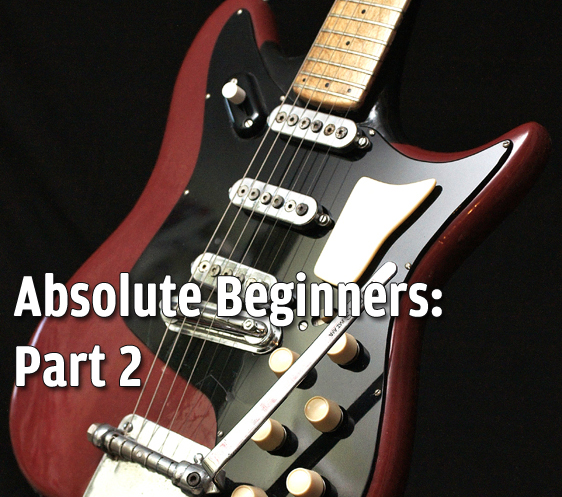
Last month’s article looked at the small selection of solidbody electrics built in Britain during the late 50s, but the amount of choice increased considerably when the guitar group boom began in earnest in 1960, as more UK companies realised that plenty of money could be made by catering for those players who preferred air-less instruments.
As in part one, much of the dating confirmation comes from advertising employed in the relevant back issues of major music weekly, the Melody Maker. The resulting chronology can contradict ‘facts’ found on the internet, but the accuracy of printed info from the era is very difficult to deny.
1960: Moving with the times
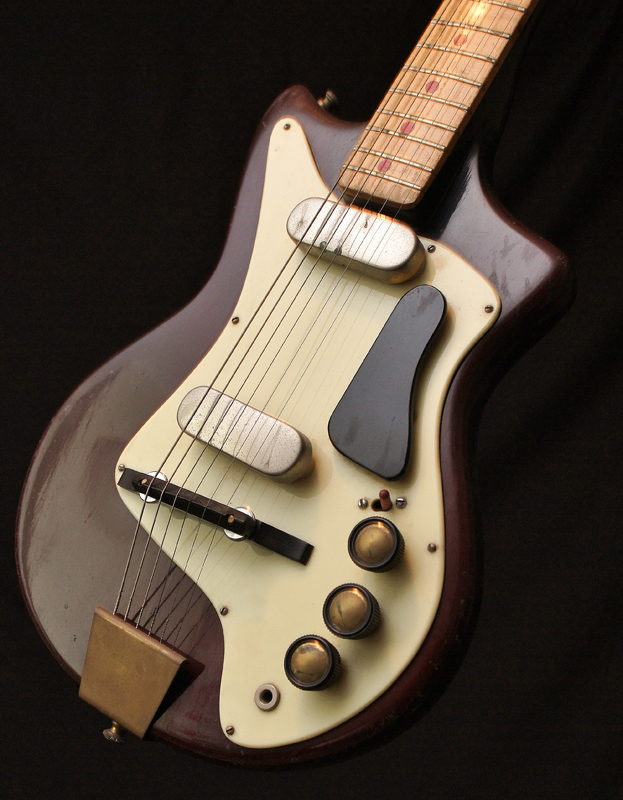
Burns swiftly made several modifications to the Short Scale De-Luxe Artistes six-string, launched in late ’59. These included a groundbreaking 24-fret count, and the model name was abbreviated to merely ‘Artist’ – but before too long that would change again. During 1959, Shadows lead guitarist Hank Marvin had swapped his inexpensive Antoria for one of the first Fender Strats to arrive in Britain, and his subsequent innovative use of vibrato arm and echo unit soon saw countless players keen to copy this all-new combination. Burns quickly came up with a suitably mobile tailpiece, and in May 1960 the Artist assumed the appropriate Vibra Artist title. It was joined by the similarly styled Artist bass, while November brought less costly companions: the smaller-bodied Sonic six- and four-strings, which became firm favourites with many groups.
Dallas duly introduced the Rangemaster vibrato unit and featured this on two angular-bodied solids of the same name, one being a decidedly avant-garde double-neck. Grimshaw also moved with the times, adding a vibrato to the Meteor SS early in the year, but for much of 1960 most British brands still had firmly fixed ideas.
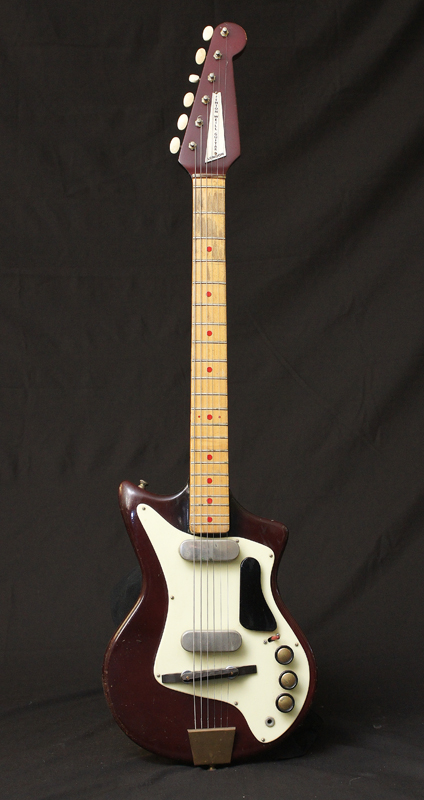
These included Fenton-Weill, the logo adopted by Henry Weill when he decided to continue instrument production, despite Jim Burns’ sudden departure. Although the brand name changed from Burns-Weill, the range initially stayed much the same, but styling would soon become more streamlined. The company built the Broadway 1857 two-pickup bass for distributor Rose Morris, while single-cutaway, six-string electrics also debuted under this in-house banner, with design, quality and price tags comparable to those of the already successful Dallas Tuxedos.
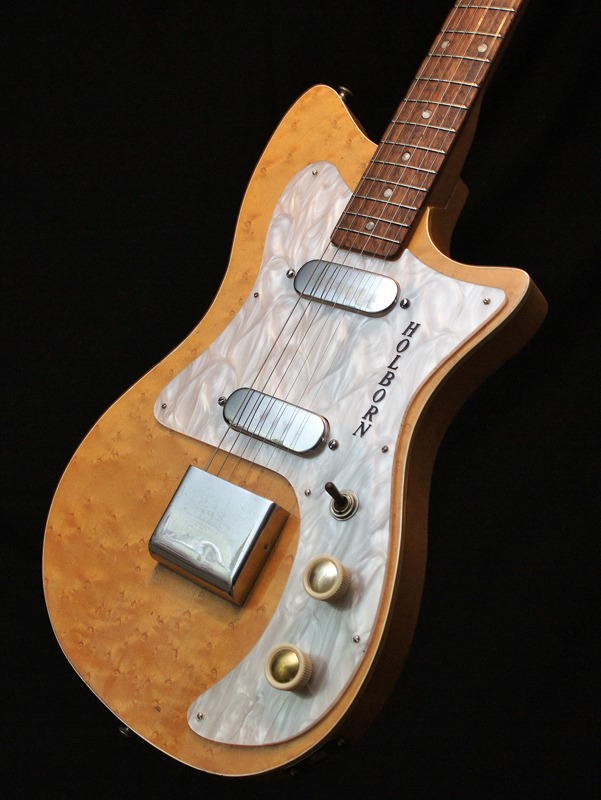
Although best known for accordions and harmonicas, in August 1960 Hohner first hit the solid guitar road, via the Holborn and Kingsway. These instruments were quite similar to certain Vox models, which wasn’t too surprising as they all came from the same UK factory. In the Vox range, the single-cutaway Stroller and Shadow partnered the Fender-like Soloist, Duotone and Ace – the latter featuring a Vox vibrato unit. The Bassmaster was this brand’s first four-string, while the flagship Escort and Consort guitars were noticeably more upmarket, likewise the twin-pickup Contour bass.

Watkins was another UK amplification company concentrating on cost-effective electrics. First advertised in July 1960, the Watkins Rapier and Rapier Deluxe solids sold for a modest £20 and
£24 respectively, which bought one or two pickups, plus a single-cutaway shape borrowed from a 1950s US National.
By this time, British solidbody pioneer Supersound had re-commenced building guitars and basses, but with more advanced, double-cutaway styling. However, lacking Jim Burns’ involvement, the revised results proved less player-friendly, and therefore didn’t compare too well with the competition of the period.

1961: Electric dreams
By now, groups were becoming ‘beat’ rather than ‘rock’, although the escalating demand for electric guitars didn’t change. Thanks mainly to The Shadows, Fenders had become dream machines for most guitarists, but limited funds usually dictated more modestly priced preferences, and British brands enjoyed their fair share of this less-moneyed market. The Fenton-Weill catalogue continued to evolve via a vibrato tailpiece option, plus the three-pickup Triplemaster. Later solids included the export market Tux-Master and the American Label line, which first appeared in November 1961, featuring some fresh model names and revised design ideas.

The company was also kept busy making instruments marketed by various competitors. These included a second bass for Rose Morris: the small-bodied Broadway 1925; while the Amazon, Zambesi and Apache were Hohner-badged six-strings introduced in May 1960. These were styled like the brand’s earlier Holborn, but the Ambasso bass strongly resembled Fenton-Weill’s Deluxe four-string. Yet another customer was Dallas, whose Tuxedo Six was simply a re-titled American Label Twinmaster; and one version of the company’s Solid Special also came from the Fenton-Weill factory.
Vox broke every rule in the design book with the decidedly non-curvy, coffin-shaped Phantoms. First advertised in October, these ultra-distinctive electrics were destined to become iconic 60s instruments. The Watkins range also expanded with three-pickup and vibrato-equipped versions of the earlier Rapier.
The single-cutaway shape was retained, but the original three-a-side headstock was subsequently replaced with a definitely Fender-type design. The latter also appeared on the Superline 66 solid, introduced in November and boasting a new offset-cutaway body carrying an unusual looking scratchplate.
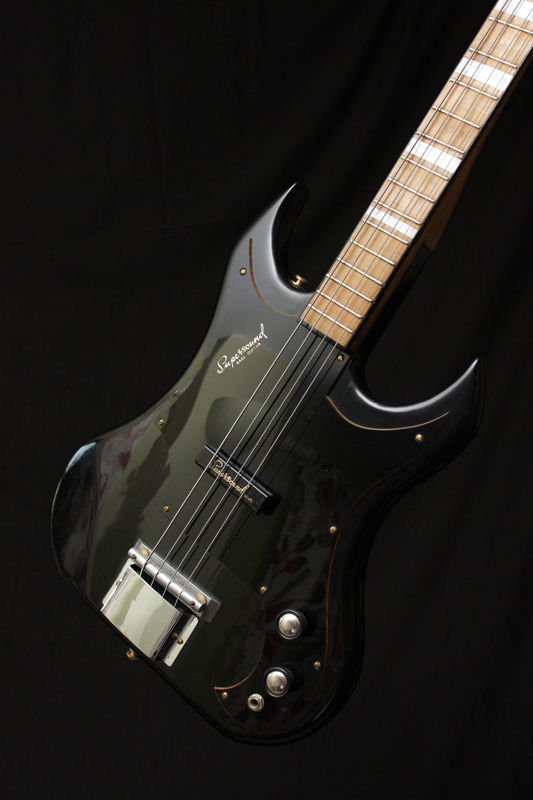
Burns had been comparatively quiet all year, but this changed dramatically when the Bison debuted in December. Featuring forward curving, exaggerated body horns, four pickups, gimmicky split-sound circuitry and a new, very complex vibrato system, this all-black beast cut an impressive figure, with a £157 price tag to match that easily made it the most expensive UK-made solid six-string.
1962: Seeing red
The Shadows had already determined which were the best guitars to be seen with, but once the film The Young Oneswent on general release in early ’62, the group’s featured appearance in the film ensured that demand for a matching set of solids, preferably red and made by Fender, hit an all-time high. By this point, many guitar builders were giving their body shapes more obviously Fender-influenced outlines, while glued-neck construction was swiftly being superseded by the easier to produce and less expensive bolt-on alternative.
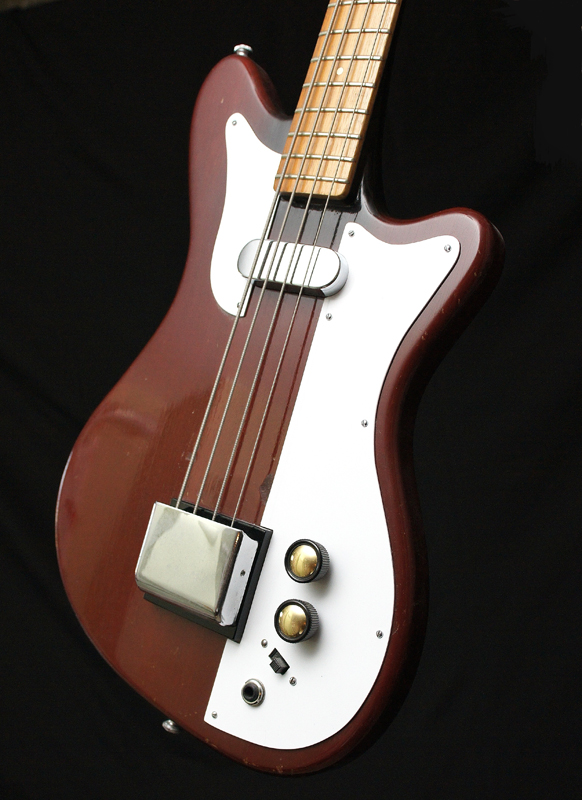
Watkins was quick to react, replacing the original Rapiers with the new double-cutaway 22 and 33 models, which respectively employed two and three single coils. Initially, these guitars still came with glued necks, and Watkins’ rival manufacturer, Fenton-Weill, also continued to favour the latter method for a while, combining it in July 1962 with a curvy horned body on fashionably titled Twister equivalents of the American Label solids.
Early in 1962, Burns added Deluxe versions of the Vibra Artist and Artist bass, followed by a succession of brand new, bolt-neck solids. Guitarists could choose from the Vista Sonic, Split Sonic, Jazz and Jazz Split Sound, while bass players enjoyed an equivalent Vista Sonic, the novel Split Sound six-string, as well as a partner for the Bison. Late in the year, the latter guitar underwent some major amendments that included losing one pickup and gaining a bolt-on neck.
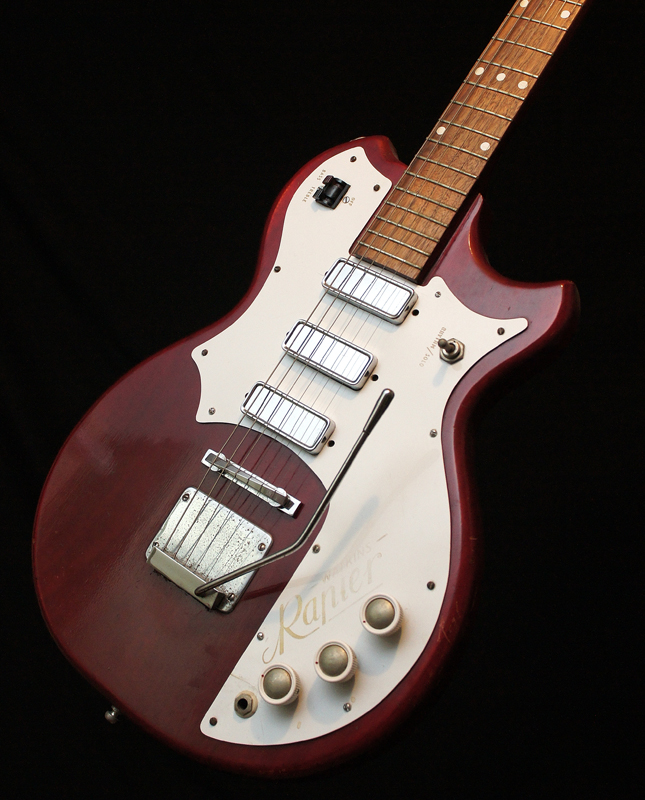
Vox also explored the six-string bass concept via the Cougar, but this specialised model lacked the mass-market appeal of new additions such as the Dominator and Super Ace, while the low-cost Clubman guitars and bass expanded the entry-level end of the company’s catalogue.
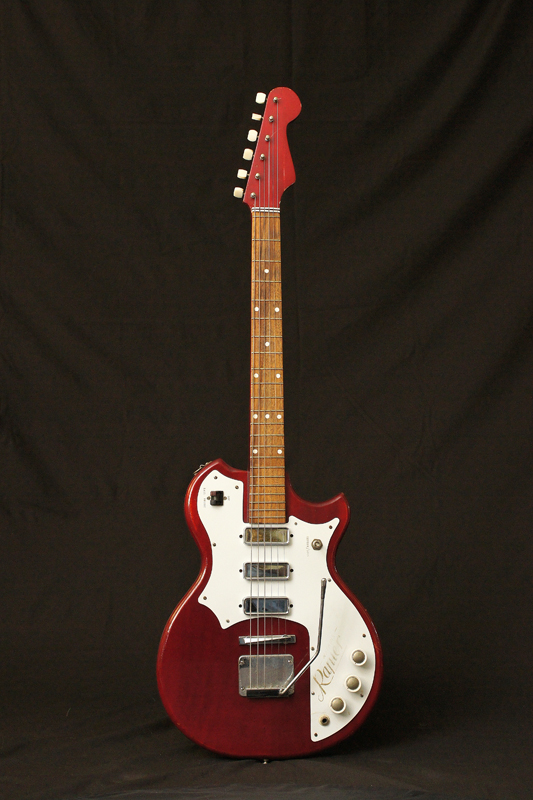
Fresh inspiration
The Beatles’ debut single was released in October 1962, and the ensuing significant changes in music, performance and instrument preference they inspired would soon become increasingly apparent. By 1966, American electrics completely dominated demand, and the heyday of the home-grown British electric was well and truly over, never to return.
Even so, after very basic beginnings in 1958, the following four years had seen British guitar makers match a rapidly expanding market to become a fully-fledged and thriving industry. That was due mostly to the few foward-thinking individuals from that fast-moving era, who often battled against the odds and economic uncertainty to successfully produce electric guitars and basses in this country. The importance of these people and their significant achievements should therefore never be forgotten, ignored or underrated.
All instruments kindly supplied by Guy Mackenzie.
See www.theguitarcollection.org.uk for more details

